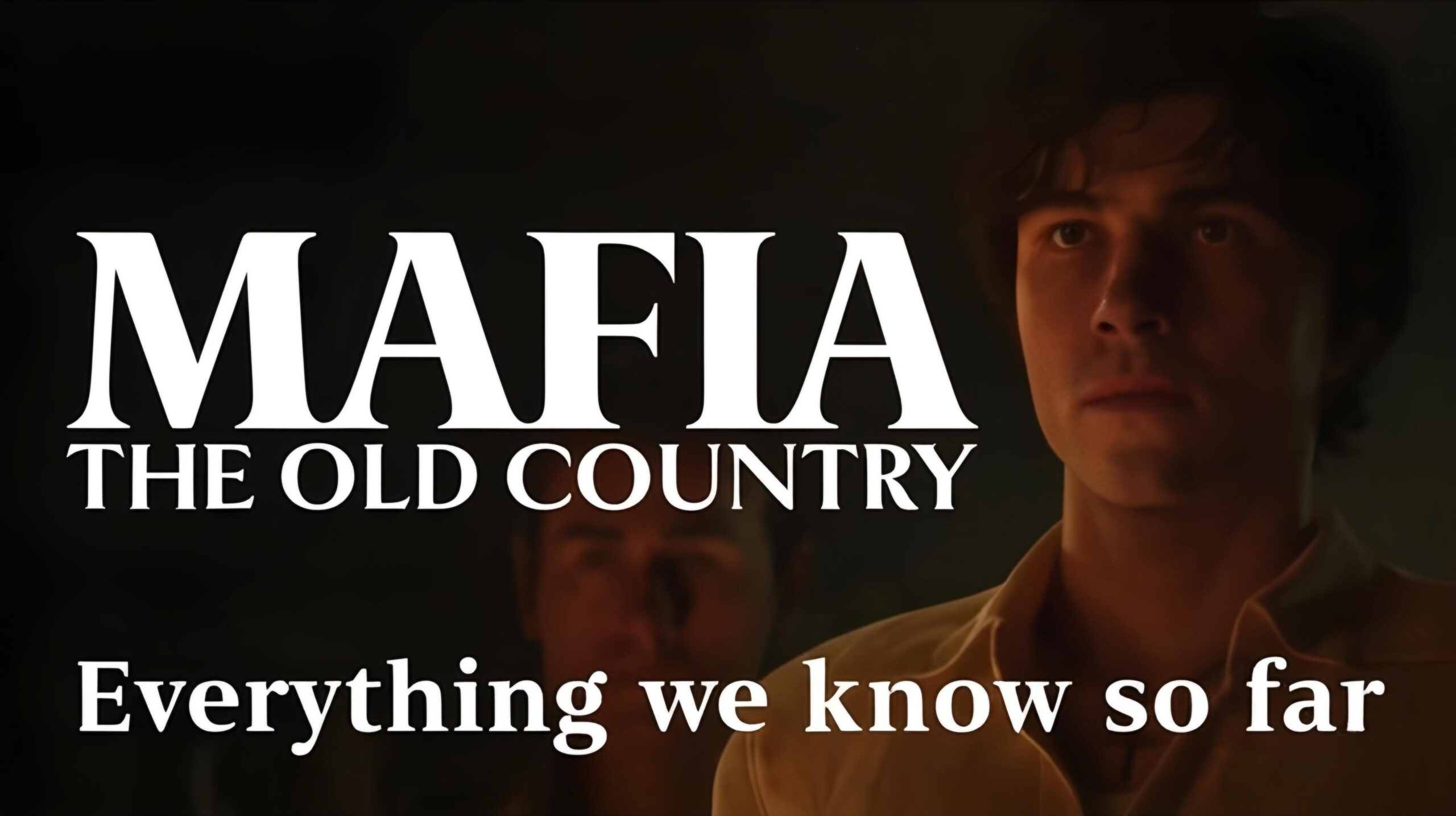Why have AAA games become harder to develop, and why do they take longer to develop compared to the past.
The gaming industry has evolved dramatically over the past few decades. Games like Grand Theft Auto 3 and Half-Life 2 once felt groundbreaking. Today, they feel dull compared to modern titles like Cyberpunk 2077 and Red Dead Redemption 2. But this evolution comes at a cost.
Triple-A games, developed by large studios with massive budgets, are taking longer to create, requiring more resources, and facing greater risks than ever before.
While technology has advanced, allowing developers to create stunning, immersive worlds, developing AAA (triple-A) games has become increasingly complex and time-consuming.
Big studios that used to release top-tier games in just a few years, now take anywhere from five to ten years to develop a single title.
So, what has changed? Why are AAA games harder to develop today than in the past?
1. Rising Expectations and Industry Standards
One significant reason AAA games take longer to develop is the growing expectations from players and critics. Gamers today expect stunning graphics, engaging stories, smooth gameplay, and good performance on all devices.
Older games had simpler mechanics, but today’s AAA titles demand top-tier graphics, realism, and a large amount of content, making development harder.
Games like Cyberpunk 2077 and Starfield show how big projects face huge pressure. Publishers want new features, and developers struggle to meet deadlines while keeping quality high, leading to delays or patches after launch.
2. Technological Advancements and Development Complexity
Gaming technology has come a long way, allowing for realistic graphics, smarter AI, and dynamic worlds. But these improvements also make game development more demanding.
Early 3D games like Tomb Raider (1996) had basic models and animations, while modern titles like Horizon Forbidden West have lifelike characters, motion capture, and massive worlds.
As games become more advanced, studios need skilled teams and longer development times to deliver a good product.
3. Expanding Game Worlds and Content
Modern AAA games focus on creating rich open worlds filled with interactive elements, NPCs, and side quests. Unlike older open-world titles, modern titles create worlds that react to your actions. The way you play makes a great impact on the story.
Games like The Witcher 3 and Red Dead Redemption 2 offer huge, detailed worlds that impact gameplay and storytelling. Unlike linear games, developers now spend years fine-tuning game logic, interactions, and immersion, making development take much longer.
4. Higher Costs and Financial Risks
The budgets of Triple-A games have skyrocketed. In the early 2000s, big titles cost around $10-20 million. Today, some projects exceed $100-500 million due to marketing, tech, and staffing costs.
The rising costs of AAA game development make companies carefully consider which projects to pursue, sometimes even cancelling them midway. They must plan for long-term success to avoid releasing a game that gets forgotten after a while.
Additionally, post-launch maintenance is expensive. Many games need regular updates, new features, graphical improvements, and fresh content to keep players engaged. Some games lack updates and eventually die out, while others are completely abandoned, leading to their downfall.
Canceled Midway
Some games never make it to release due to budget constraints, shifting priorities, or development struggles. Bully 2 was reportedly in development at Rockstar but was ultimately scrapped as the studio focused on GTA V and Red Dead Redemption 2.
Died Due to Lack of Fun Updates
Games that fail to keep players engaged with fresh content often see their player base fade. XDefiant initially attracted a strong player base, but its lack of engaging updates and fresh content led to the game losing most of its player base in just a few weeks.
5. Stricter Quality Control
With gaming’s rise in popularity, developers have to follow tougher rules on making games accessible, how they make money, and keep players’ data safe.
Additionally, studios face a lot of backlash regarding crunch culture, where developers work excessive hours to meet deadlines. Game studios now focus on healthy work environments, leading to longer development times but better conditions for developers
Triple-A games face a tough challenge balancing cutting-edge technology, high player expectations, and massive financial risks. While developers want to push boundaries, modern games require more time and resources to deliver the experiences gamers demand.
We hope to see you in the future with new updates from your favorite games, and wish you a pleasant day.
Armin Resimović

